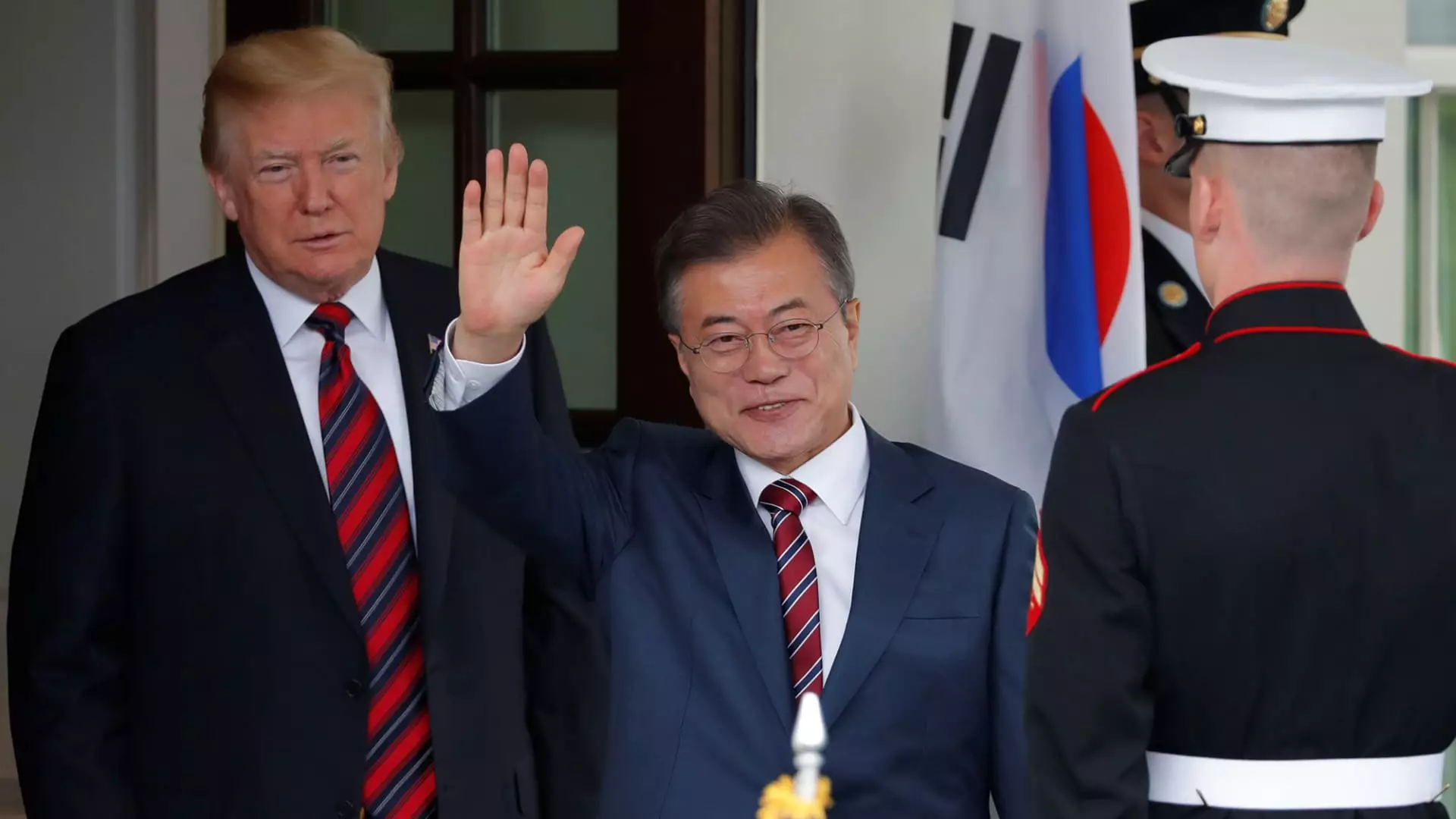As the U.S. automotive landscape continues to evolve amid shifting trade policies and international relations, the potential for increased tariffs looms large, particularly under the administration of President Donald Trump. With a focus on reducing trade imbalance, Trump’s administration has threatened to impose additional tariffs on foreign nations, particularly targeting major players such as South Korea and Japan. These East Asian countries have emerged as significant contributors to the U.S. automotive market, accounting for nearly one-seventh of vehicle sales. Thus, any tariff increases could reshape the dynamics of the industry in profound ways.
Data highlights that in recent years, South Korea and Japan have become key suppliers of vehicles to the U.S. market, with South Korea eclipsing Japan to become the second-largest exporter, just behind Mexico. The recent statistics underline a growing trend; while Japan’s vehicle exports have plateaued or even declined, South Korea’s presence in the market has surged, with exports increasing significantly. A notable aspect is that vehicles from South Korea currently benefit from a tariff rate of zero, thus providing them a competitive edge. In contrast, Japanese imports incur a standard tariff of 2.5%. Consequently, if additional tariffs targeting these regions are implemented, we could witness a significant shift in pricing structures and market strategies.
The Impact on Manufacturers and Consumers
As the auto industry braces for the possibility of these tariffs, automakers such as General Motors (GM) and Hyundai find themselves in precarious positions. The concern is multi-faceted. Manufacturers may face increased costs associated with tariffs, and historically, these costs are often transferred to consumers through higher vehicle prices. Such inflation could dampen consumer demand, which is a crucial factor in an industry reliant on robust sales figures.
The automotive sector, particularly companies like GM that have made substantial investments in South Korean operations, may need to reassess their supply chains and pricing strategies to adapt to the new economic landscape. GM’s commitment to South Korea, having invested billions since establishing operations there, underscores the intricate nature of international trade relationships. With a variety of entry-level models produced in South Korea, GM might need to recalibrate their offerings if tariffs push retail prices upward.
One of the critical challenges facing automakers is the complexity of the automotive supply chain, which operates on a global scale. Terence Lau, a legal expert with experience in trade relations, emphasizes that while the automotive sector is adaptable, it cannot significantly pivot overnight. This indicates that time will be a critical factor in how well companies cope with sudden tariff changes. Indeed, Lau warns that while minor tariffs might pose a nuisance, a threshold of ten percent or more could seriously erode profit margins and disrupt the industry’s delicate balance.
Notably, the conversation around tariffs involves the interplay between U.S. manufacturers and foreign competition. Ford CEO Jim Farley has recently articulated concerns about unequal tariff implications across different manufacturers. He highlighted that many automakers, such as Toyota and Hyundai, capitalize on tariff loopholes while American firms shoulder the brunt of the tariff burden. This scenario, he argues, necessitates a comprehensive tariff policy rather than a piecemeal approach which favors certain foreign competitors.
The proposed tariffs form part of a broader strategy aimed at addressing perceived inequities in trade practice. This underscores a fundamental ideological framework under which the current administration operates, seeking to return manufacturing jobs and influence within the U.S. economy. However, the ramifications of such policies extend well beyond the boardrooms of automakers; they ripple through the consumer market and the economy.
The looming potential for tariffs has already stirred unease within the industry. Amid this uncertainty, major automakers must navigate the shifting regulatory landscape while simultaneously maintaining consumer confidence. A potential escalation in costs may lead consumers to rethink their purchasing decisions, contributing to a cooling effect on an industry desperately looking to maintain momentum.
As President Trump’s administration considers various tariff options, the implications for the U.S. automobile industry are extensive. Companies such as GM and Hyundai and their consumers stand to face significant changes in pricing and market dynamics. The uncertainty surrounding trade policy underscores an essential truth within the automotive sector: adaptability and strategic planning are crucial, as the stakes are high, and the effects are far-reaching. With economic competitiveness at play, the automotive industry must navigate these treacherous waters, preparing for a future shaped by tariff policies and global trade considerations.


Leave a Reply